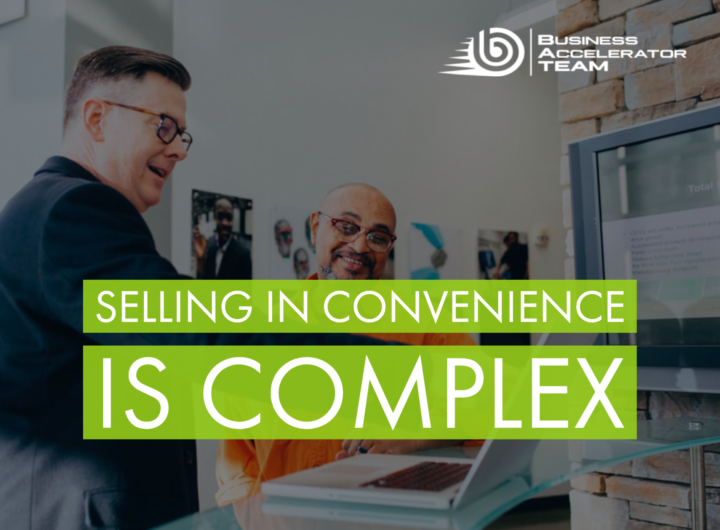The Convenience channel represents an important volume footprint within the retailing environment. For some manufacturers, it accounts for a significant portion of total portfolio business that requires diligent efforts to defend and grow. For others, it represents an undeveloped growth opportunity.
When determining if the Convenience channel offers growth and expansion opportunities for your product or category, there are key considerations that need to be explored. My last article, explored two questions:
- Do your core consumers even patronize the Convenience channel?
- Are your manufacturing assets capable of producing to channel needs?
If you gave a thumbs-up to these first two critical questions, the next consideration involves how to sell to the Convenience channel. The Convenience channel is more complex than other retail channels, which is driven by the sheer size of industry (number of retailers and unconsolidated nature of the channel).
The Convenience channel has about 155,000 retail outlets (by comparison: Grocery sports about 40,000 and Drug 22,000). Of the 155,000 stores in the industry, only 15 percent are owned by the top five retail chains, and the top 100 chains account for about 45 percent of the industry’s store count.
To complicate matters further, the industry is unconsolidated. Most of the top retail companies operate under multiple retail banners, which translates into engagement with more decision makers. In other retail channels, manufacturers often engage with two – seven retailing companies in the channel which account for a majority of the business potential. In Convenience, manufacturers must sell to many more retailing companies to achieve success.
So, how does a manufacturer design a sales force that is capable of reaching and impacting the majority of the stores, or even 45 percent, in the industry’s top 100 retailers? My bet is that even top-notch CPG companies struggle with this and share a common Convenience industry-related frustration – low levels of product distribution.
Therefore, what options does that leave a medium- to small-sized manufacturer? An all too common approach is try hard, “swing for the fence,” and get what you can. Then try harder next year. However, there is a more strategically sound approach akin to “hitting singles.” Target a portion or specific customer set of the channel and achieve realistic, targeted results.
By leveraging existing organizational strengths, manufacturers should target their customer set through:
- Regional product or brand performance metrics in other retail channels.
- Or, leverage a different strength by targeting areas close to manufacturing assets, thus minimizing transportation costs.
Marketing strategies and portfolio/category mix that lend themselves to brand positioning. Understanding how retailers differ and how they position their locations with their product assortment or how advanced they are with merchandising of a particular category will help a manufacturer prioritize potential clients. Questions for investigation should include, size of store footprint, surrounding store demographic profile, foodservice footprint and level of execution, etc. Only by understanding how a retailer positions their store group to the public and how they allocate space can a manufacturer prioritize where and whom are the best outlets for their product.
An example for using manufacturing location to target a customer set would in the beverage category. Given the high transportation cost driven by product weight, a beverage manufacturer seeking to enter the channel could well be advised to target customers located close to the manufacturing plant.
The manufacturer under both scenarios, would target chain customer in the designated market area, identify the distributors that supply them and the smaller distributors that cover independents. Perform financial analysis to determine the market’s financial potential, then a develop a feasible a sales effort to achieve.
The objective in both examples is to create a manageable portion of a large, complex industry. Determine a realistic market share target and associated revenue plan and then develop (or redeploy) an organization capable of achieving the plan. Hit some singles, score some runs and build from there.
The next article in this series will deal with the complexity of the distribution network within the Convenience retailing industry.
Jay Price worked 30+ years in the CPG industry, 21 of which at Kraft- Nabisco where he held numerous, executive level sales and marketing roles. His broad CPG industry experience lends far-reaching insight to provide Business Accelerator Team clients with a foundational understanding and production-driven sales-development growth planning.


